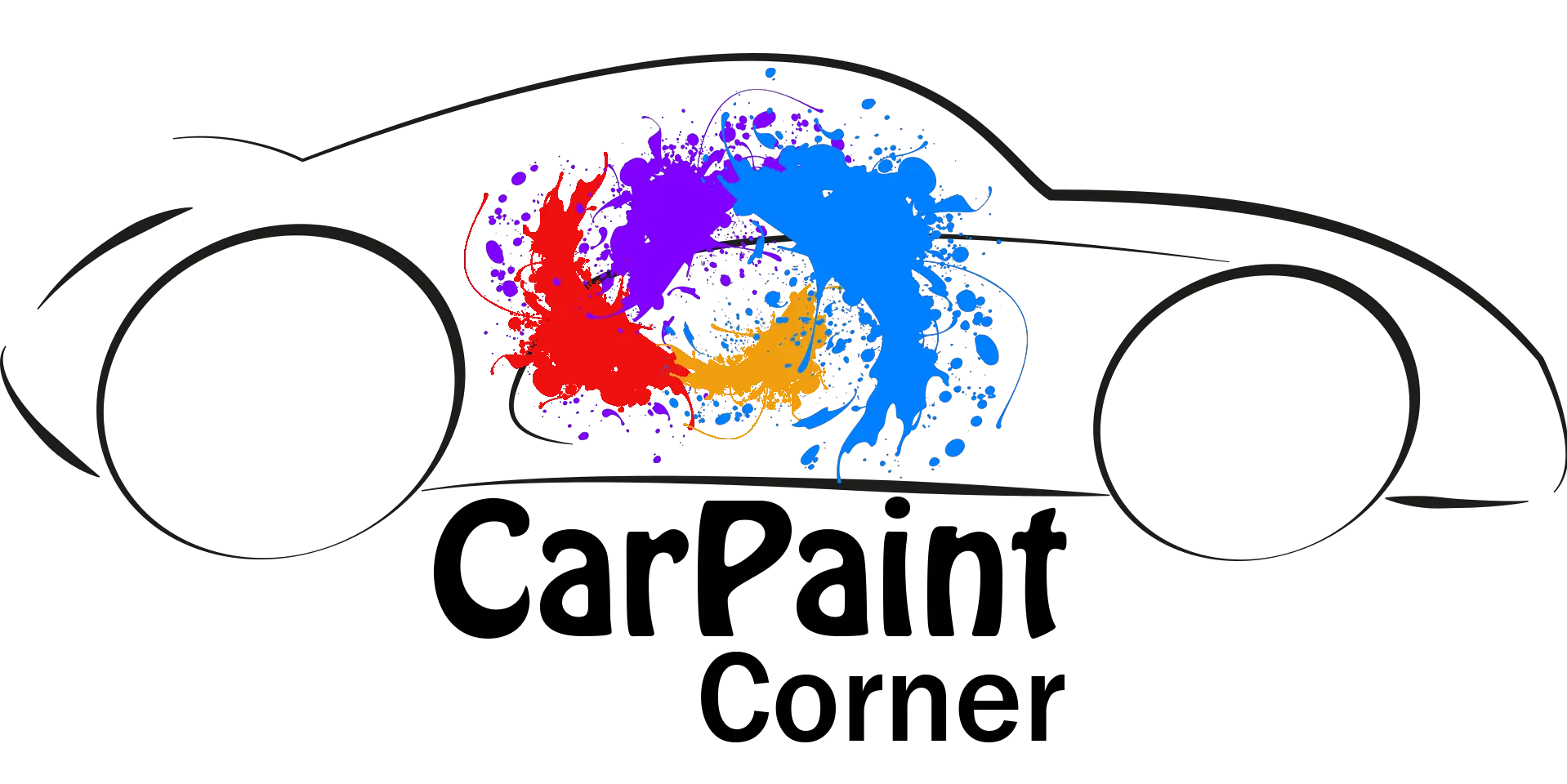This post may contain affiliate links which means I may receive a commission for purchases made through links.

Sunny days are awesome for providing warmth for everyone including our cars, especially on a winter morning. However, too much exposure to the sun can be harmful to our skin and the car’s surface. This is because sunlight contains UV radiation that can cause sunburns and blisters on pets and people.
Similarly, prolonged exposure to these UV rays can damage car paint. Luckily, you can prevent this problem by getting the best UV protection for car paint. But before we get to that part, let’s look at how UV rays can damage your car’s paint job!
Types of UV radiation damage to car paint
To start, Ultraviolet rays refer to a low-grade form of radiation that is usually found in direct sunlight. More notably, UV radiation can be broadly classified into 2 categories; UVA and UVB. UVB rays cause skin burns, while UVA rays cause damage to the surface of a substance.
It’s also worth mentioning that UV radiation emits an electromagnetic spectrum wavelength that ranges from 10 to 400 nanometers. This makes it invisible since it’s typically smaller than visible light and longer than X-ray radiation.
Interestingly, less than 10% of the electromagnetic radiation from the sun’s UV light hits our skin and car paint.
However, despite being invisible, UV light is a very powerful form of radiation, especially when it comes into contact with a surface. Specifically, UV radiation emits energy in the form of heat that breaks down the molecular bond on the surface when it’s hit by the sun’s rays.
While the damage isn’t instant, this can start to break down the molecules in the clear coat, car paint, and other components like plastic trim or headlights over time.
As a result, the car surface becomes dull and less reflective, causing the car paint to fade. In addition, the molecular breakdown eventually causes ‘holes’ in the car paint layers, which can lead to corrosion and rust.
That said, UV rays can lead to 2 types of damage to car paint: Oxidation and photodegradation (fading).
Oxidation
While oxidation is a slightly different form of breakdown from photodegradation, it’s equally unappealing. By definition, oxidation refers to the loss of electrons from the car paint’s atomic structure, resulting in a washed-out, brittle surface that has little resemblance to the non-oxidized surface.
UV rays speed up the oxidation process on various surfaces, including your car’s paintwork.
Photodegradation (fading)
We see different colors due to the various chemical bonds happening on a molecular level, thus reflecting a different light wavelength from the surface. Unfortunately, UV rays break down these chemical bonds over time, causing the colors to fade.
How to protect car paint from UV radiation
Now that you know how UV radiation can damage your car paint, let’s look at a few tips that will help you prevent that from happening;
Wash the car regularly
Washing your car regularly reduces the risk of oxidation while giving exceptional UV protection to your car paint. At the same time, it gets rid of surface contaminants like pollen, tree sap, dust, and bird droppings. These contaminants tend to break down the clear coat protecting the car paint when the vehicle is left out in the sun.
Therefore, washing your car frequently is a great way to protect it from UV rays. However, you should always park the car in an area that is out of direct sunlight when washing it. Washing it under direct sunlight exposes it to excessive heat, which may cause the water to evaporate and bake the car soap into the paint.
Even worse, this can leave visible marks that are hard to remove from the paint. In addition, it’s important to dry your car thoroughly after washing it to get rid of water mineral deposits on a freshly washed car.
Here are the steps you need to follow when washing your car:
First, hose off any accumulated grime and grit. Next, clean the car with a gentle car cleanser and a soft cotton mitt.
For spots with stubborn bug splatter or road tar, use a car detailing clay bar to remove the deposits safely without scratching the car paint finish. Afterward, rinse the car thoroughly to get rid of any cleaning product residue, then dry it with a clean, soft microfiber towel.
Use car paint protection
One of the best ways to protect your car’s paintwork from the sun’s UV rays is to apply a protective layer after washing and drying it. Luckily, there are several types of car paint protections available. They include:
Wax
Waxing your car adds an additional protective layer to the paint that prevents UV rays from discoloring and penetrating the surface. Better still, car wax helps with gloss and makes the car paint less susceptible to grime and dirt.
Unfortunately, car wax is easily removed by detergents. For that, you have to reapply it every 2 to 4 months, but that will vary depending on the type of wax, weather, and how often you wash your car.
Sealant
Paint sealants contain a fully synthetic formula that is designed to protect the car paint from UV rays while enhancing the overall gloss. Moreover, these sealants are designed to bond to the car paint surface, making them more durable than waxes.
Specifically, paint sealants can last about 3 to 6 months, depending on the brand, how often you wash the car, and so on. Even better, they provide protection against tree sap and road chemicals.
Ceramic Coating
Applying a ceramic coating is the most efficient way to offer UV protection to your car paint. This is because it forms a permanent bond with the car paint for lifelong protection.
In addition, it protects the car from UV damage, water contaminants, and improper washing/drying. This all-in-one protection makes it an excellent option for those who can’t wash their vehicle as much as they would like for various reasons.
Paint Protective Film (PPF)
Clear paint protective film provides UV protection for car paint and makes it easier to clean up your car since they’re made of thermoplastic urethane. Moreover, this film offers exceptional protection against scratching and chipping from road debris.
Buy a car cover
Investing in a quality car cover is the easiest way to protect your car’s paintwork from the sun’s UV rays. Moreover, it’s the only practical option if you don’t have access to covered parking. Similarly, it can be a great investment for those who don’t use their cars frequently.
However, you should only put a cover over your car when parked in hot weather to reduce the impact of UV rays on the car paint. This is because covering the car when it’s wet can lead to the buildup of mold and other kinds of fungus & bacteria.
If you need a new car cover, I recommend this one, conveniently found on Amazon.
Park the car in the shade, garage, or carport
Parking your car in the shade protects the paintwork and the interior from harmful sun rays. More importantly, this will keep the car’s paintwork from fading and cracking.
Alternatively, you can consider parking the car under a roofed drive or in the garage. However, if you’re planning to park the car under a shady tree, you should be very cautious since bird droppings can damage car paint.
Conclusion
While some effects of UV rays on car paint can be corrected, UV damage is usually irreversible, which will reduce the car’s resale value. Specifically, damage from UV oxidation or fading can reduce the car’s value by up to 10 – 20%.
For that, it’s a worthwhile investment to protect your car’s paintwork by applying the methods we’ve listed above. Taking these simple measures will help your car maintain its factory finish for several years to come, keeping your car looking brand new for a long time!


Leave a Reply